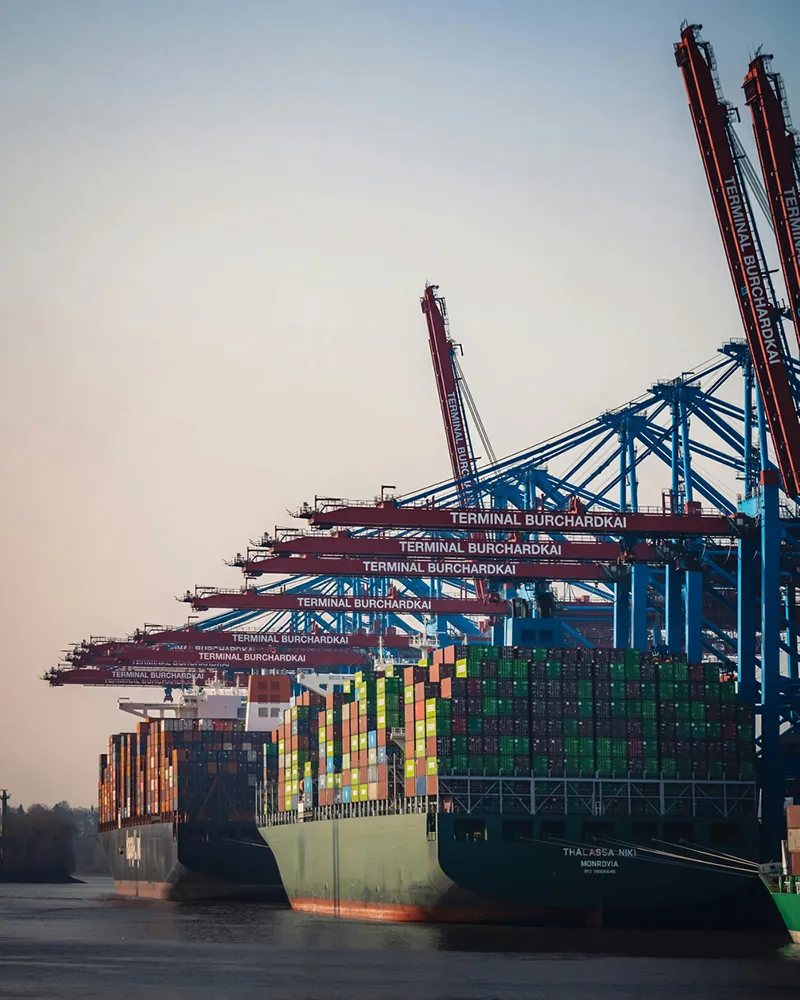Mr. Qiu recently encountered a strange situation: an overseas client he had cooperated with for many years suddenly requested that payment for goods be made to a Southeast Asian account, citing "re-export trade convenience." When he consulted with his bank, he was informed that such operations might involve foreign exchange evasion risks. What kind of capital mystery truly lies behind this? Today, we will unveil the layers of re-export trade foreign exchange evasion.
What is Re-export Trade Foreign Exchange Evasion?

Re-export trade is inherently a legitimate form of trade where enterprises transit goods through a third country. However, when it is used as a tool for fictitious trade backgrounds and evading foreign exchange regulation, it transforms into a dangerous game on the regulatory red line. Typical operations include:
- Fabricating re-export trade contracts and creating false logistics documents
- Circulating funds through associated enterprises to conceal the true flow of capital
- Using offshore accounts to intercept foreign exchange and circumvent settlement requirements
Decrypting Three Major Typical Operating Methods
When Mr. Qiu served as CFO at a foreign trade company, she witnessed operations like these:
- The "Buy Low, Sell High" Magic: Domestic enterprises "sell" goods to a Hong Kong shell company, which then resells them to the real buyer at three times the price, with the difference remaining offshore
- The Triangular Trade Labyrinth: In the logistics trajectory of Country A → Country B → Country C, Country B only exists as a paper transaction, with actual goods shipped directly to Country C
- The Time Difference Game: Utilizing the 180-day foreign exchange receipt and payment period under re-export trade for short-term cross-border arbitrage
How the Regulatory Sword Strikes
In recent years, the State Administration of Foreign Exchange has established precise identification models through its big data monitoring system:
- Comparing the discrepancies in cargo value between customs declaration forms and foreign exchange receipt/payment data
- Tracking abnormal price fluctuations of the same batch of goods during the re-export process
- Analyzing the closed-loop characteristics of capital flows among associated enterprises
A case study showed that an enterprise fabricated a $30 million transaction through re-export trade, and was ultimately penalized with recovered fines and placed on a credit blacklist.
Enterprise Compliance Survival Guide
Zhongmaoda Trade Compliance Experts suggest:
- Ensure that every re-export trade has genuine logistics documents and a reasonable commercial purpose
- Establish a three-tier trade background review mechanism: Business Department - Finance Department - External Audit
- Regularly verify the equity structure of overseas counterparties to avoid related-party transaction traps
When international trade encounters capital controls, re-export trade is like a double-edged sword. Have you encountered dilemmas similar to Mr. Qiu? Feel free to share your observations in the comments section. In the next issue, we will delve deeper into "The Boundaries of Compliant Use of Offshore Accounts," so stay tuned.

Recent Comments (0) 0
Leave a Reply